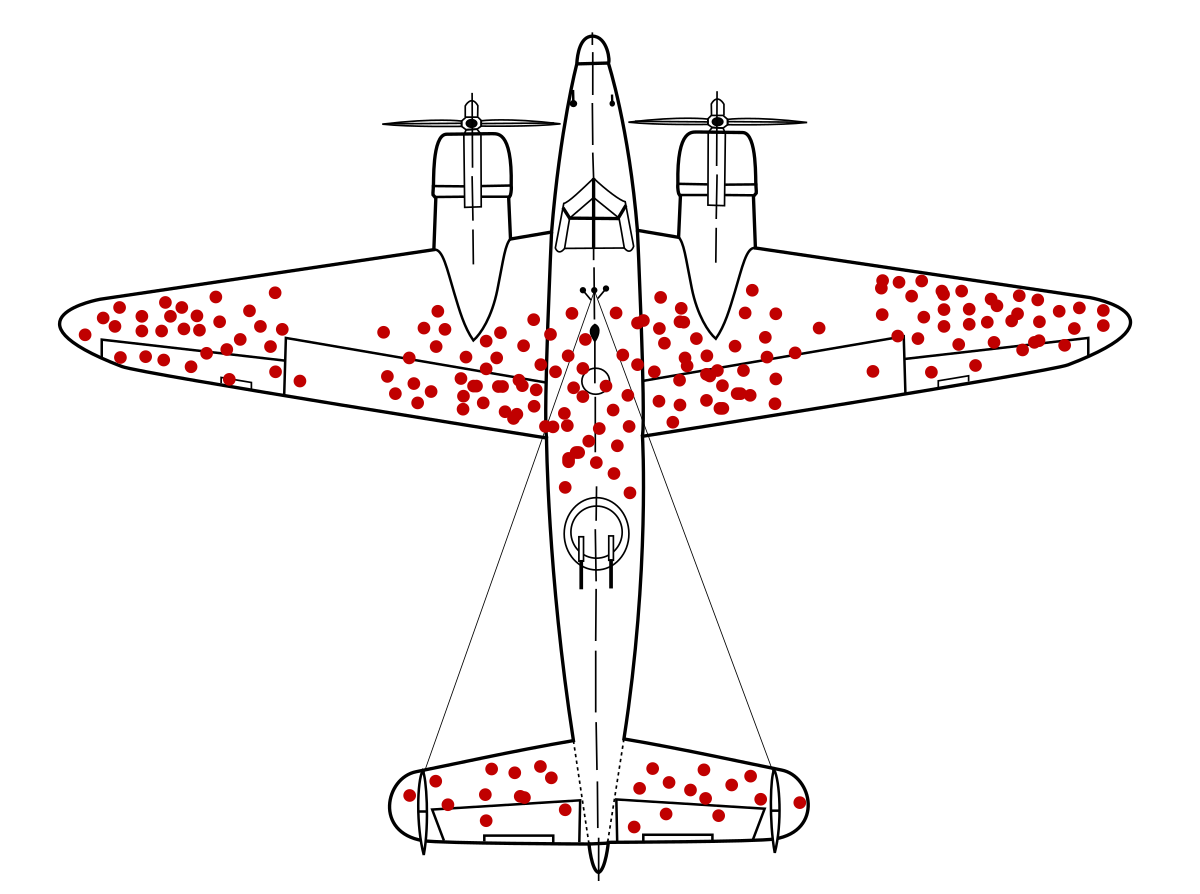You can see the effective use of NLOS ATGM in videos posted by the Azerbaijani MoD and personal accounts. It is undisputed fact that both Azerbaijan and Israel used the system and it proved pretty successful against the targets its made for. NLOS ATGM have its use and when air forces couldn't intervene in the desired time and on the desired level it's a perfect scenario for the system to shine. To put everything on your Air Forces is a bad strategy and when the Air Forces stop to become a factor ATGMs are some of the most effective mobile weapon systems that the Land Forces posses. Diversity is a thing and the capability of having NLOS ATGM in our Land forces is a pretty big one for our Armed Forces as a whole.Where did you get this from. The systems which were used in 2nd Karabag war were primarily TB2 with MAM-L (70% kills accoding to Oryx), loitering ammunition, artillery (including rocket artillery) and manned A2G bombers. Most of the remainning 30% targets were still guided by TB2 doing the ISR as evident by multiple hits by harpy and artillery monitored by TB2. I would not be supprised if not more than 90% of all recorded kills were directly or indirectly by TB2.
Btw, loitering munition = Harpy = Kurgu = Alpagu =/= NLOS ATGM
By the way I don't agree with the classification of the Harpy, Kargu, Alpagu and NLOS ATGM as the same thing. All of these unmanned systems have their mission profiles, different propulsion and cost difference. While from the first three only Harpy posses anti-armor capability all these can loiter in the air and conduct their own surveillance and in the case of Kargu it can be retrieved. Alpagu and Kargu's explosive can't do anything to armored targets other than damage optical devices. NLOS ATGM is a dedicated system for striking all kinds of armor. For example Spike NLOS range goes up to 25km and its speed between 130-180 m/s while Harop's range is 1000km and its speed 115 m/s. Spike NLOS provides low level of observability and low action time for the enemy with the needed damage on low cost. Non of the above listed loitering munitions can match these parameters and the difference of cost between the only anti-armor capable loitering munition from the ones listed above and Spike NLOS is colossal. While a unit of Spike NLOS costs around $210.000 a unit of IAI Harop costs ~$10.000.000 (Indian Air Forces purchased 10 for $100.000.000 in 2009). IAI Harop is not a system to be thrown at every armor formation that comes your way.














